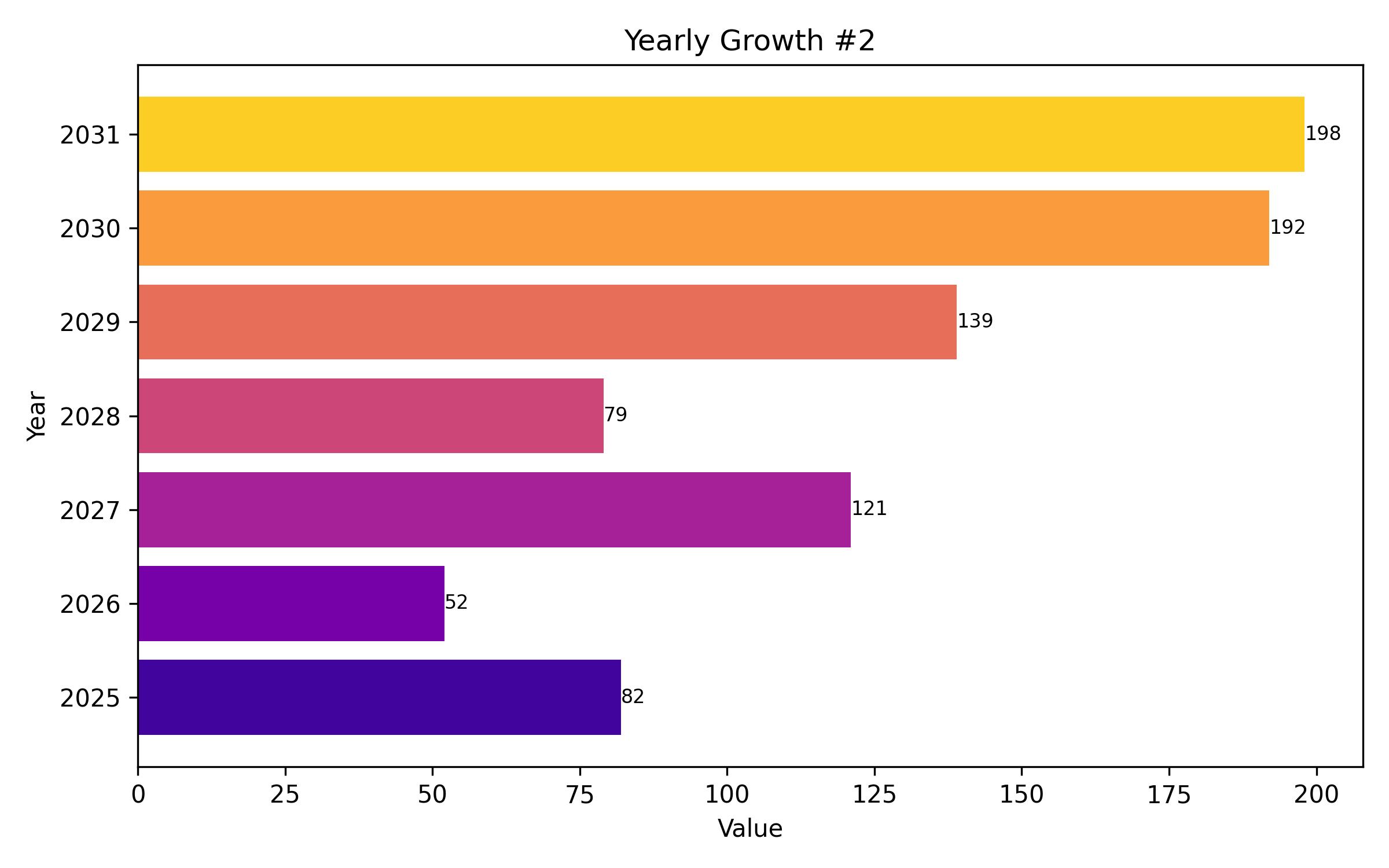Global Outlook for Toilet Cistern Blocks: Market Analysis by Product Type, Application, Sales Channel, and Geographical Segment, 2025-2035
Overview:
The toilet cistern block sector is poised for sustained expansion between 2025 and 2035, driven by increasing global focus on both personal and public hygiene, alongside a growing demand for convenient and effective cleaning solutions. Forecasts indicate the market value will increase from USD 2.3 billion in 2025 to USD 4.8 billion by 2035, demonstrating a robust compound annual growth rate (CAGR) of 6.8% over the decade.
This upward trajectory is significantly influenced by higher standards of cleanliness in public and commercial settings, complementing the residential desire for low-effort maintenance. The ability of cistern blocks to deliver continuous cleaning and freshening with each flush makes them particularly attractive in busy environments.
Analyzing product types reveals persistent demand for bleach-based options due to their strong disinfectant qualities. Meanwhile, varieties featuring citrus and other pleasant floral scents, like jasmine and violet, are gaining popularity, appealing to consumers who favor natural or lasting fragrances in their bathrooms.
The end-use segmentation highlights substantial commercial demand from sectors such as hospitality and public services, where maintaining high cleanliness standards is paramount. Residential consumers contribute based on the ease and hygienic benefits offered by these products compared to more traditional cleaning methods.
Regarding sales channels, conventional retail outlets such as large supermarkets remain important for consumer accessibility, while online platforms are experiencing rapid growth. E-commerce offers a broader selection and the convenience of bulk purchases, especially favored by commercial buyers and digitally inclined individuals.
Geographically, established markets in North America and Europe continue to lead, characterized by high product adoption. Emerging economies in Asia Pacific and other regions are also contributing significantly to growth, fueled by rapid urbanization, rising incomes, and enhanced awareness of sanitation needs.
Manufacturers are increasingly focusing on innovation, developing products that are environmentally friendly, incorporate stronger antibacterial properties, and offer extended-release fragrances. The industry’s future appears promising as companies align their offerings with evolving consumer priorities related to health, convenience, and sustainability.
Market indicators project continued growth, with product innovation and adaptation to regional tastes and regulatory requirements being key factors for success in the coming years.


